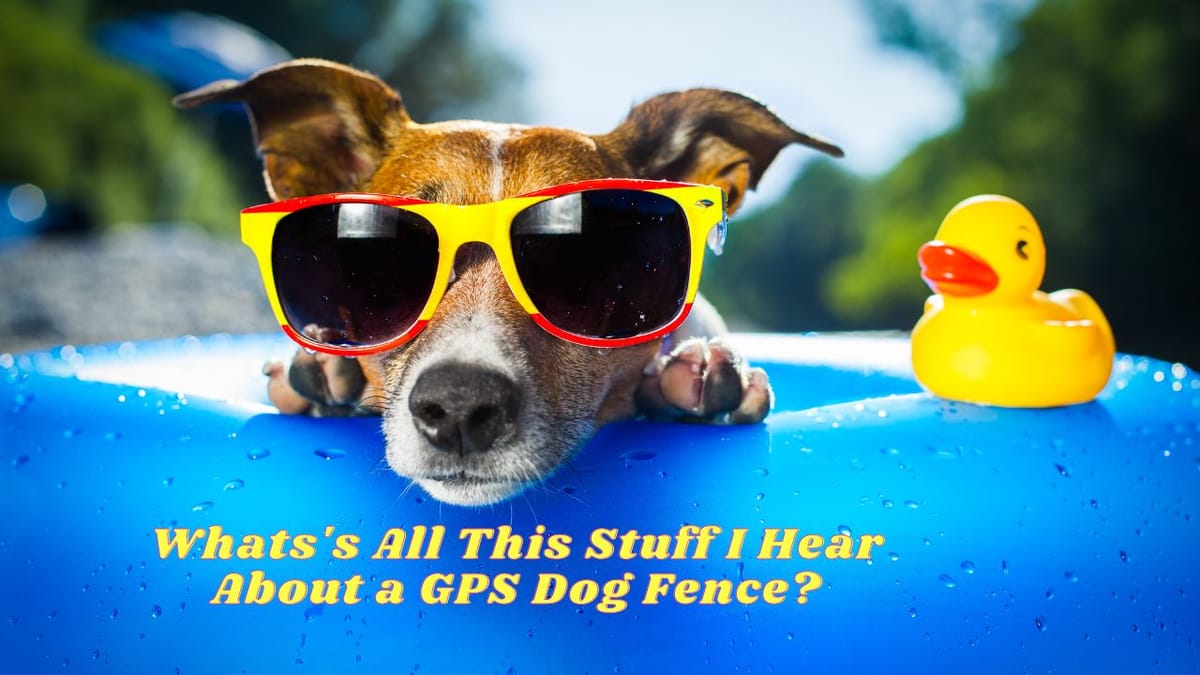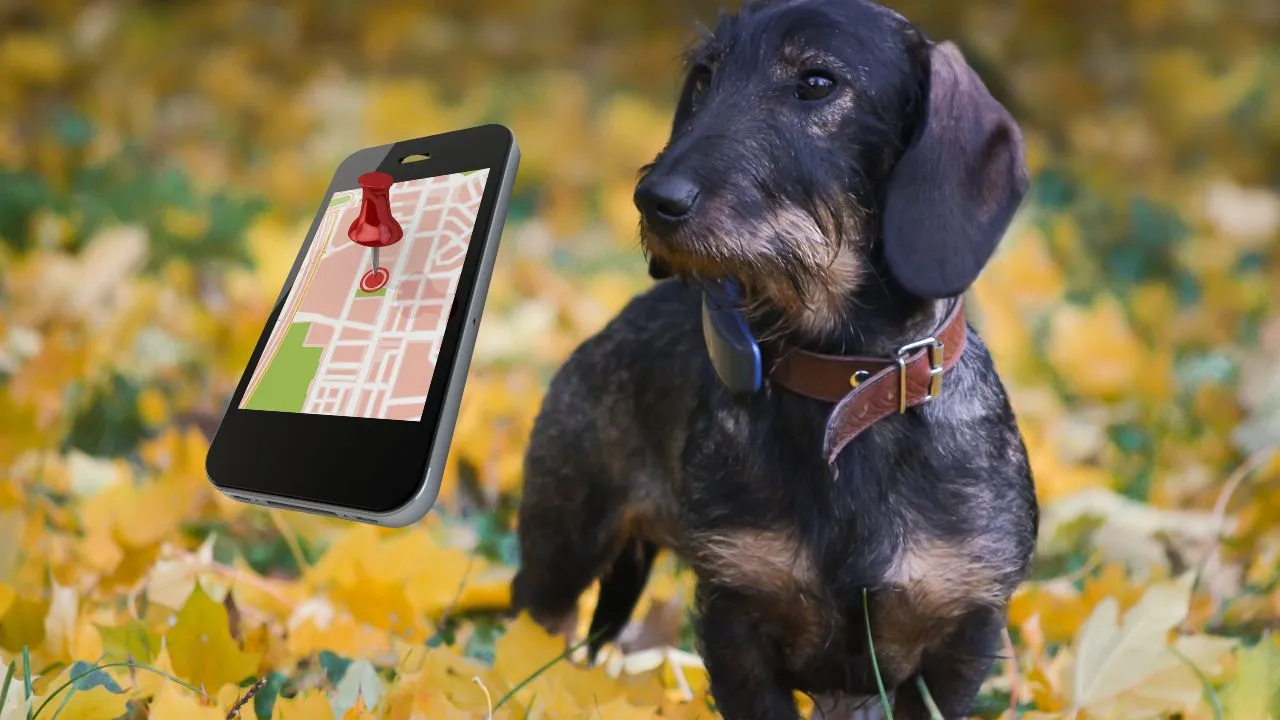Table of Contents
Keeping your furry friend safe is a top priority for any pet owner. Traditional fences have their limitations, and that's where the innovative GPS dog fence comes into play. This article will delve into the mechanics and benefits of GPS dog fences, ensuring your pet's safety while giving them the freedom to roam.
Key Takeaways:
- Understand the technology behind GPS dog fences and how they keep your pet within designated boundaries.
- Learn about the installation process and how to train your dog to respond to the GPS fence.
- Discover the advantages of using a GPS dog fence over traditional fencing methods.
What is a GPS Dog Fence?
A GPS dog fence is a virtual boundary system that uses Global Positioning System technology to keep your dog within a predefined area without the need for a physical barrier. Unlike traditional fences, a GPS dog fence is invisible and can cover a much larger area. It works by utilizing a collar that receives signals from GPS satellites, determining your dog's location in real time.
The system is designed to alert your dog when they approach the boundary of the designated area. If your dog continues to move towards the edge, the collar will typically emit a warning sound followed by a mild static correction if they don't retreat. This encourages your dog to stay within the safe zone you've set up.
With detailed and rigorous research, we provide our readers with the finest recommendations. Our recommendations are our opinions. Our cause is backed by reader support- for every click made through one of our affiliates links, a commission may be earned at no extra expense to you! As an Amazon Associate, Reviewsopedia may earn a commission from qualifying purchases. Thank you and enjoy!
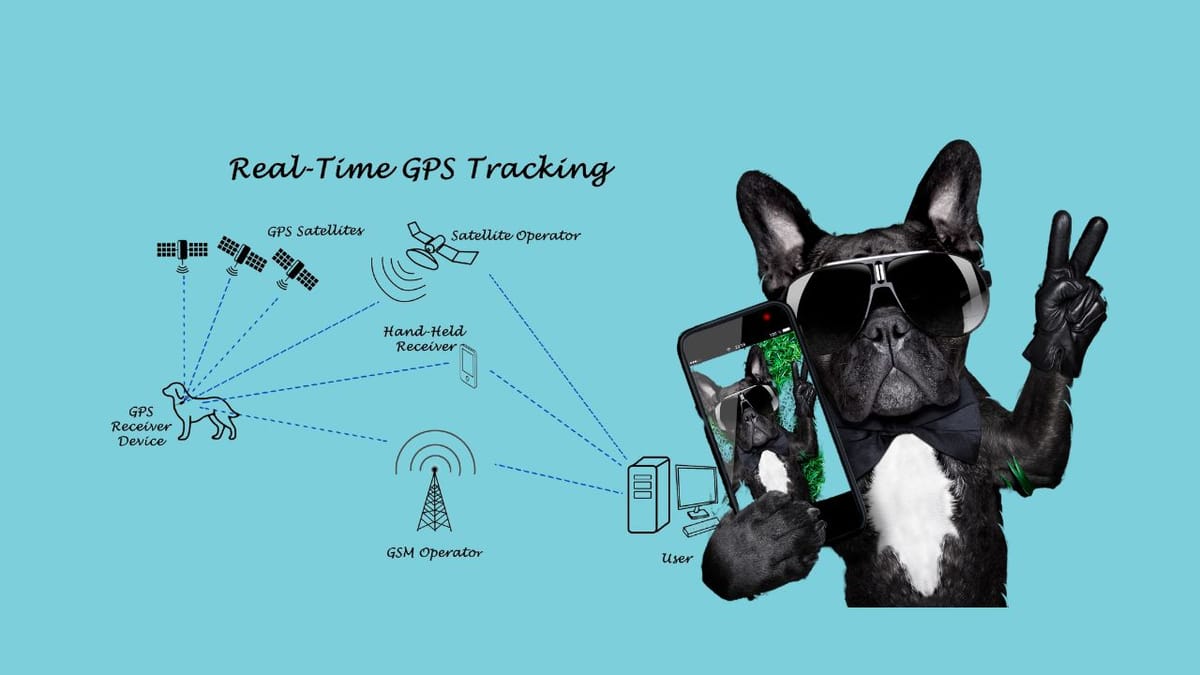
Setting Up Your GPS Dog Fence
Setting up a GPS dog fence is relatively straightforward. First, you'll need to purchase a GPS fence kit, which usually includes a collar and a handheld device. You'll then define the boundaries of your pet's safe area using the handheld device. This can be as simple as walking the perimeter with the device or inputting the coordinates of your desired boundaries.
Once the boundaries are set, the system will communicate with the GPS satellites to establish the virtual fence. The collar will begin to monitor your dog's position and alert them if they get too close to the edge of the safe zone. It's important to ensure that the GPS collar is charged and functioning correctly to maintain consistent operation.
Training Your Dog to the GPS Fence
Training is a crucial step in ensuring that your GPS dog fence is effective. Start by introducing your dog to the collar and allowing them to get comfortable with wearing it. You'll then need to teach your dog to recognize and respond to the warning signals emitted by the collar as they approach the boundary.
Positive reinforcement is key during this training phase. Reward your dog for retreating from the boundary when they hear the warning beep. With consistent training, your dog will learn to associate the warning with the boundary and will naturally stay within the safe zone.

The Technology Behind GPS Fences
The technology that powers GPS dog fences is quite sophisticated. The collar contains a GPS receiver that communicates with a network of satellites orbiting the Earth. These satellites continuously transmit signals that the collar uses to calculate the precise location of your dog.
The system can track your dog's movements in real time and determine if they are within the set boundaries. If the collar detects that your dog is nearing the boundary, it will activate the warning signals to prompt your dog to retreat. This high-tech solution ensures that your pet stays safe even in large, open spaces.
Advantages Over Traditional Fences
GPS dog fences offer several advantages over traditional fencing methods. They are more flexible, allowing you to create a boundary that conforms to any shape or size, and they can cover much larger areas than physical fences. Additionally, GPS fences are portable, so you can take them with you if you move or need to establish a temporary boundary while traveling.
Another significant advantage is that GPS fences do not obstruct views or require any physical alterations to your property. This makes them an excellent choice for homeowners who want to maintain the aesthetic appeal of their landscape while keeping their pets safe.
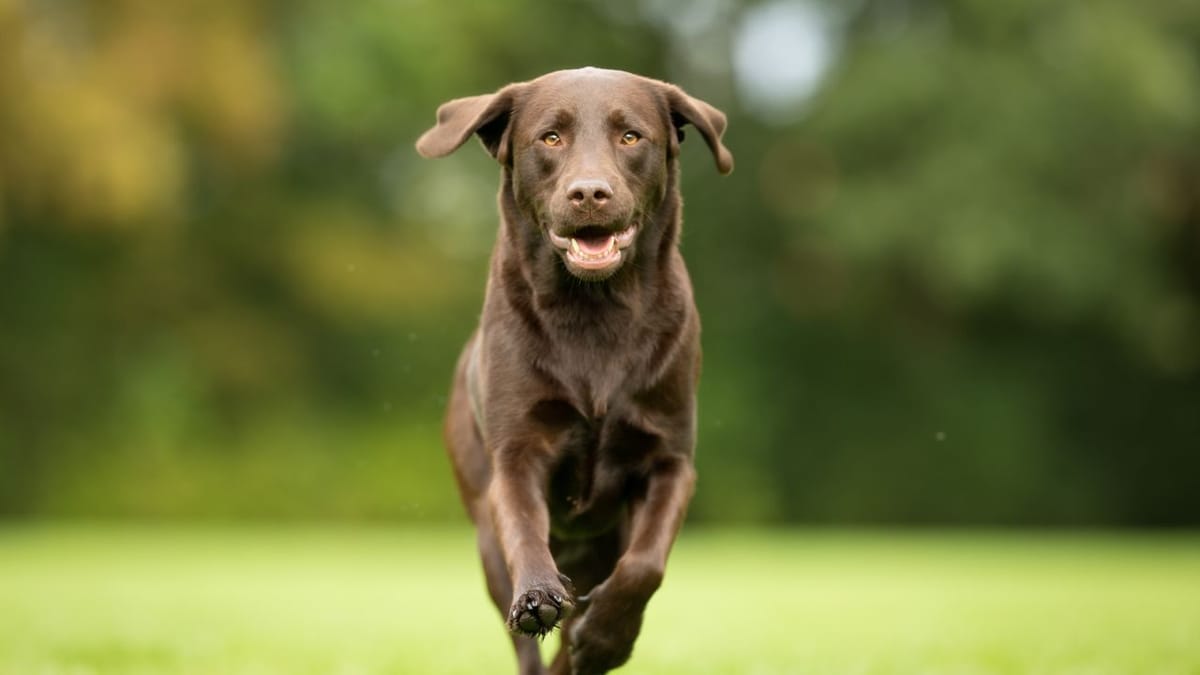
Maintenance and Troubleshooting
Maintaining a GPS dog fence is generally low-effort. The most important aspect is to keep the collar charged and to check it regularly for any signs of wear or damage. It's also a good idea to periodically test the system to ensure that it's functioning correctly.
If you encounter issues with the GPS fence, such as inconsistent signals or false corrections, troubleshooting steps may include checking for firmware updates, recalibrating the system, or contacting customer support for assistance. Regular maintenance and prompt troubleshooting can prevent any lapses in the fence's operation.
Weather and Terrain Considerations
When using a GPS dog fence, it's important to consider the impact of weather and terrain on the system's performance. Heavy cloud cover, dense foliage, or buildings can sometimes interfere with the GPS signal, potentially affecting the accuracy of the boundary.
To mitigate these issues, choose a GPS dog fence system that is known for strong signal reception and reliability. Additionally, during the initial setup, test the system in various weather conditions to ensure that the boundaries remain consistent.
Cost-Effectiveness and Value
Investing in a GPS dog fence can be cost-effective in the long run. While the upfront cost may be higher than that of a traditional fence, the lack of installation fees, maintenance costs, and the ability to cover larger areas can make it a valuable investment.
Moreover, the peace of mind that comes with knowing your pet is safe and secure is priceless. When considering the value of a GPS dog fence, factor in the benefits of flexibility, portability, and the safety features it provides for your pet.
Choosing the Right GPS Dog Fence
When selecting a GPS dog fence, consider factors such as the size of the area you need to cover, the battery life of the collar, and the reliability of the system. Look for products with positive reviews and a good track record for performance.
It's also wise to choose a system that offers adjustable correction levels and a range of warning signals to ensure that the fence is humane and effective for your dog's temperament and size.
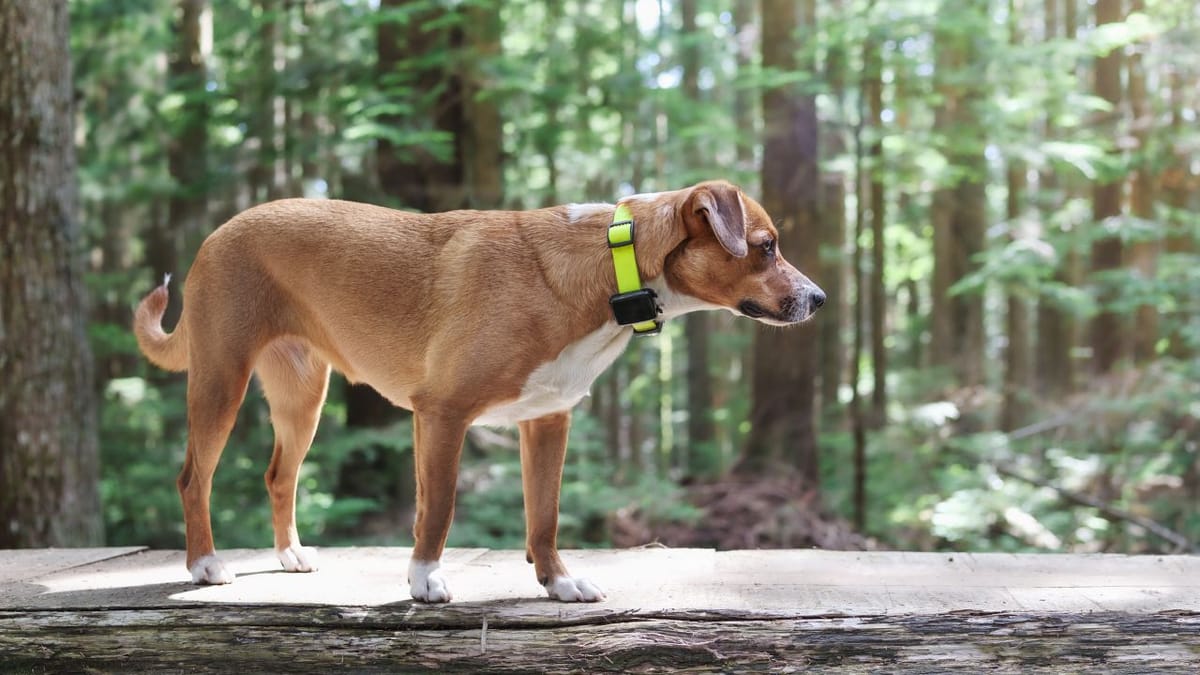
Summary
A GPS dog fence is an innovative solution that offers flexibility, safety, and peace of mind for pet owners. By harnessing the power of GPS technology, these fences create a virtual boundary that keeps your dog within a designated safe zone. With proper setup, training, and maintenance, a GPS dog fence can be an invaluable tool for ensuring your pet's safety without the limitations of a physical fence.
FAQ Section
Is a GPS dog fence safe for my dog?
Yes, when used correctly, a GPS dog fence is safe for your dog. The system uses warning signals and static correction to teach your dog to stay within the boundaries, and these are designed to be humane and not to harm your pet.
Can a GPS dog fence work for multiple dogs?
Yes, most GPS dog fence systems can accommodate multiple dogs. You'll need to purchase additional collars for each dog, and the system will track each one individually.
How large of an area can a GPS dog fence cover?
GPS dog fences can cover significantly larger areas than traditional fences, with some systems capable of covering hundreds of acres. Check the specifications of the system you're considering to ensure it meets your needs.
Other Related Articles
